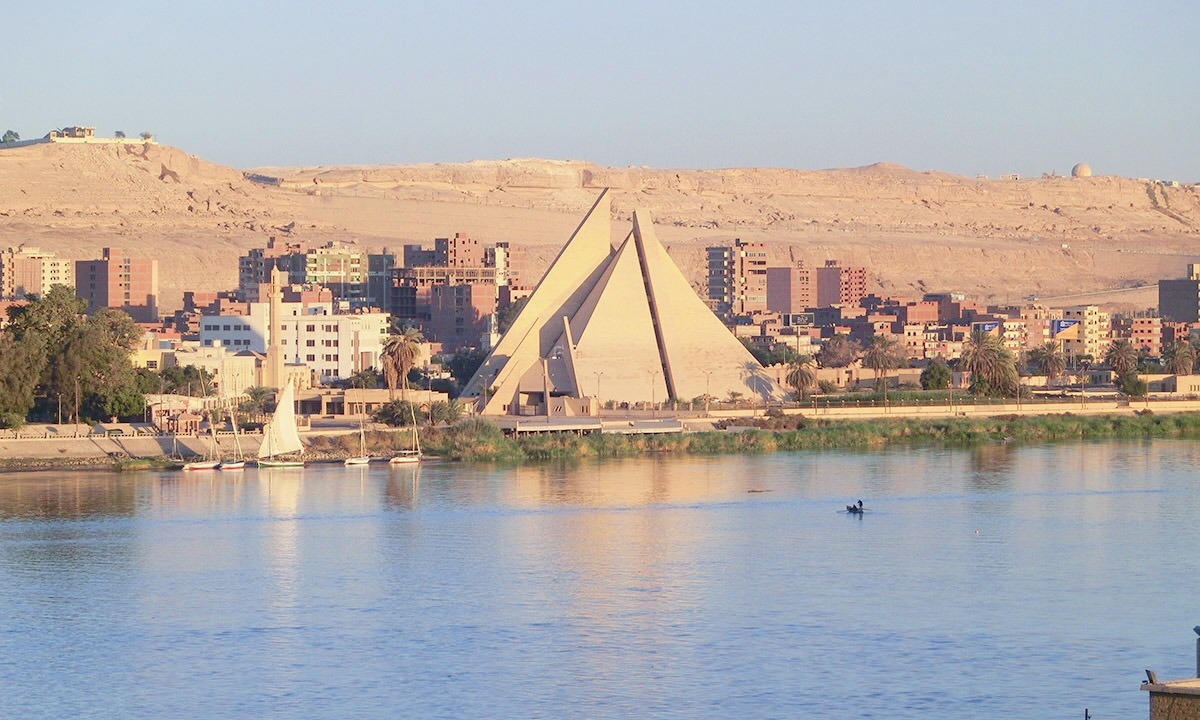Egypt is a country that has enchanted travelers and historians for centuries with its rich culture, iconic monuments, and millennia-old history. From bustling metropolises to ancient ruins nestled in remote desert landscapes, each city in Egypt offers a unique glimpse into the diverse and fabulous heritage of one of the oldest civilizations. Here, we explore some of Egypt’s long-standing towns that continue to capture the imaginations of locals and travelers alike. These cities aren’t only about the past; they are vibrant, modern spaces where history meets contemporary Egyptian life.
Cairo – The Timeless Capital and Cultural Heart
Overview and Historical Significance
As Egypt’s sprawling capital, Cairo brims with life, history, and modernity. Founded in 969 AD by the Fatimid dynasty, Cairo is near the ancient city of Memphis, the old Pharaonic capital. The city is home to several UNESCO World Heritage sites and is famed worldwide for its monuments, mosques, and historic bazaars.
Key Attractions
The Egyptian Museum: Home to a fantastic collection of ancient artifacts, including the treasures of Tutankhamun.
Coptic Cairo: This area includes historical Coptic Christian churches and the Ben Ezra Synagogue.
Islamic Cairo: Known for its remarkable medieval architecture, including the Citadel of Saladin, the Mosque of Muhammad Ali, and the Al-Azhar Mosque.
Khan El Khalili Bazaar: Cairo’s ancient market where visitors can find traditional Egyptian crafts and souvenirs.
Modern Cairo
Modern Cairo is vibrant, with bustling markets, skyscrapers, universities, and an ever-growing culinary scene. The city offers a blend of luxury and traditional experiences, attracting millions of tourists annually who experience its unique spirit.
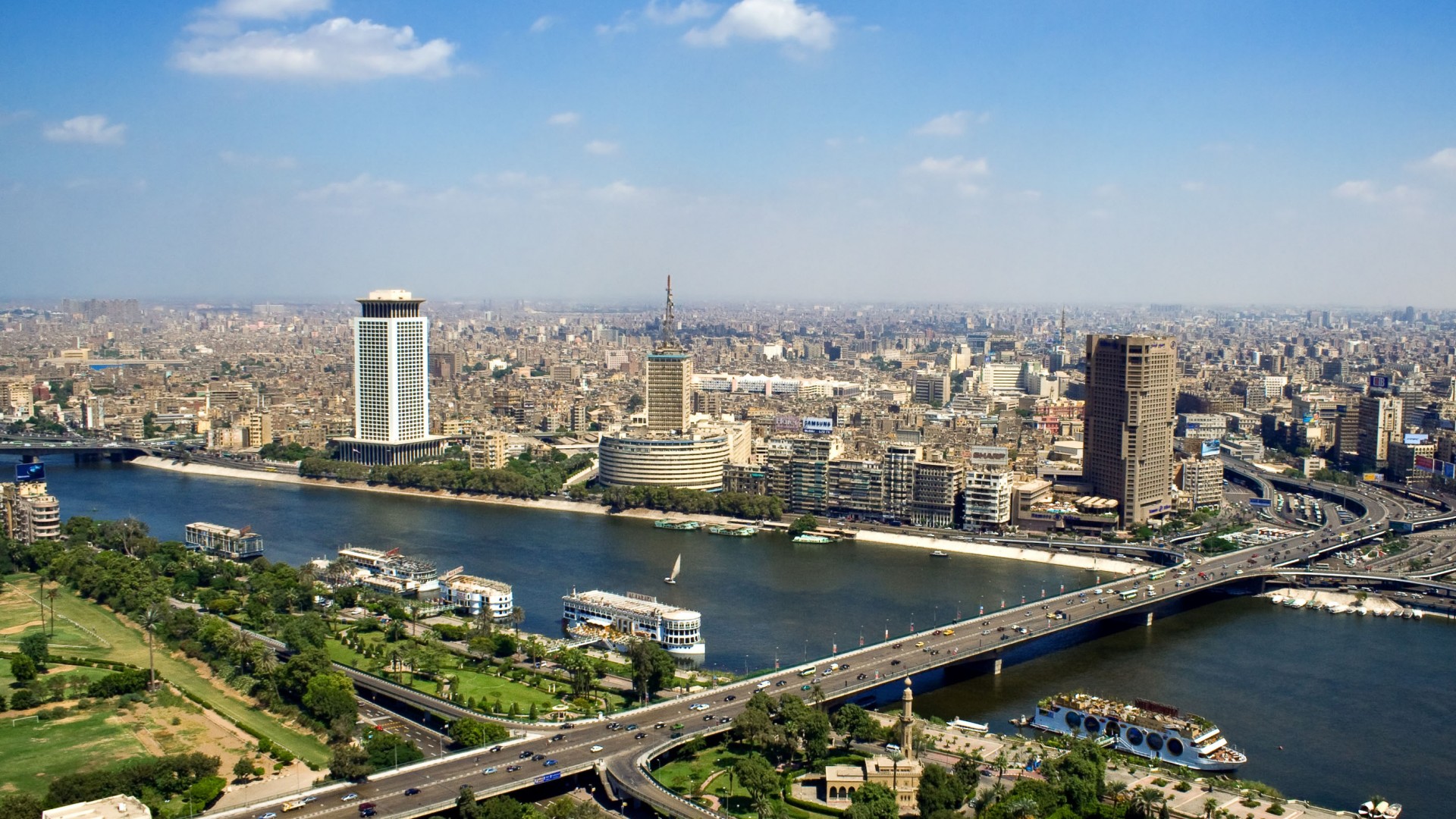
Alexandria – The Pearl of the Mediterranean
Overview and Historical Significance
Alexandria, founded by Alexander the Great in 331 BC, was once one of the most essential cities in the ancient world. It was known for its intellectual heritage, notably the Great Library of Alexandria. Its location along the Mediterranean Sea made it a robust trade, culture, and scholarship hub.
Key Attractions
Bibliotheca Alexandrina: A modern revival of the ancient library, the new library is an architectural marvel and a center for research and education.
The Catacombs of Kom El Shoqafa: A fascinating blend of Egyptian, Greek, and Roman art in an underground tomb complex.
Qaitbay Citadel: Built in the 15th century, this fortress offers beautiful views over the Mediterranean.
The Roman Amphitheater is the only one in Egypt and a testament to the city’s Roman influence.
Modern Alexandria
Today, Alexandria is a cosmopolitan city with a relaxed, Mediterranean vibe. The Corniche promenade offers picturesque views, while its seafood restaurants are renowned for serving the freshest catches.
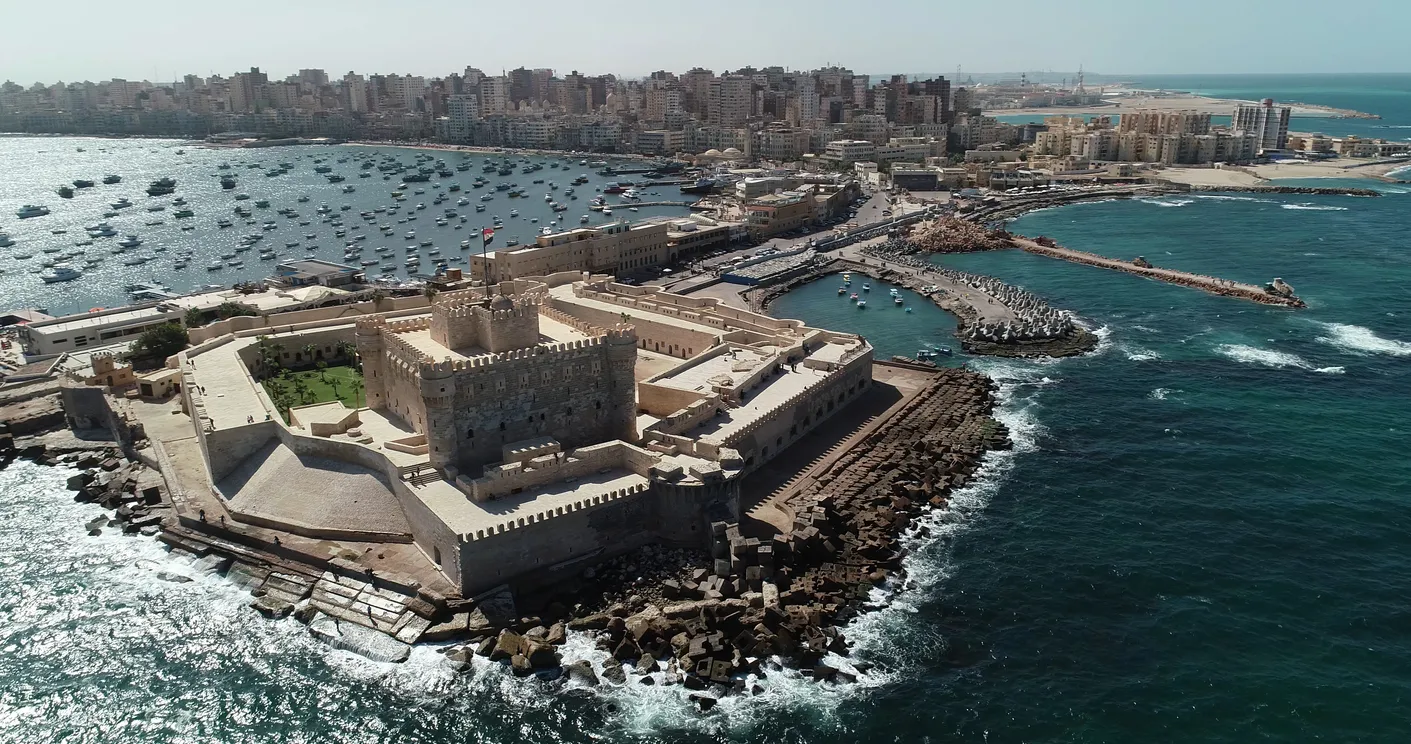
Luxor – The World’s Greatest Open-Air Museum
Overview and Historical Significance
Along the Nile River in Upper Egypt, Luxor was once known as Thebes, the capital of ancient Egypt during the New Kingdom. The city is considered one of the world’s most excellent open-air museums due to its unparalleled collection of temples, tombs, and monuments dedicated to gods and pharaohs.
Key Attractions
Karnak Temple: A vast complex dedicated to the god Amun, with massive columns, statues, and obelisks.
Luxor Temple: An iconic temple connected to Karnak by the Avenue of Sphinxes, once a place of worship and celebration.
Valley of the Kings: The graveyard of pharaohs, including the famous tomb of Tutankhamun.
Valley of the Queens: Known for the beautiful tomb of Nefertari, one of the most elaborate and well-preserved in Egypt.
Modern Luxor
Luxor offers a rich cultural experience, and the city has developed into a tourist-friendly destination with museums, river cruises, and luxury hotels that showcase the best Egyptian hospitality. Balloon rides over the Valley of the Kings give visitors an unforgettable landscape perspective.
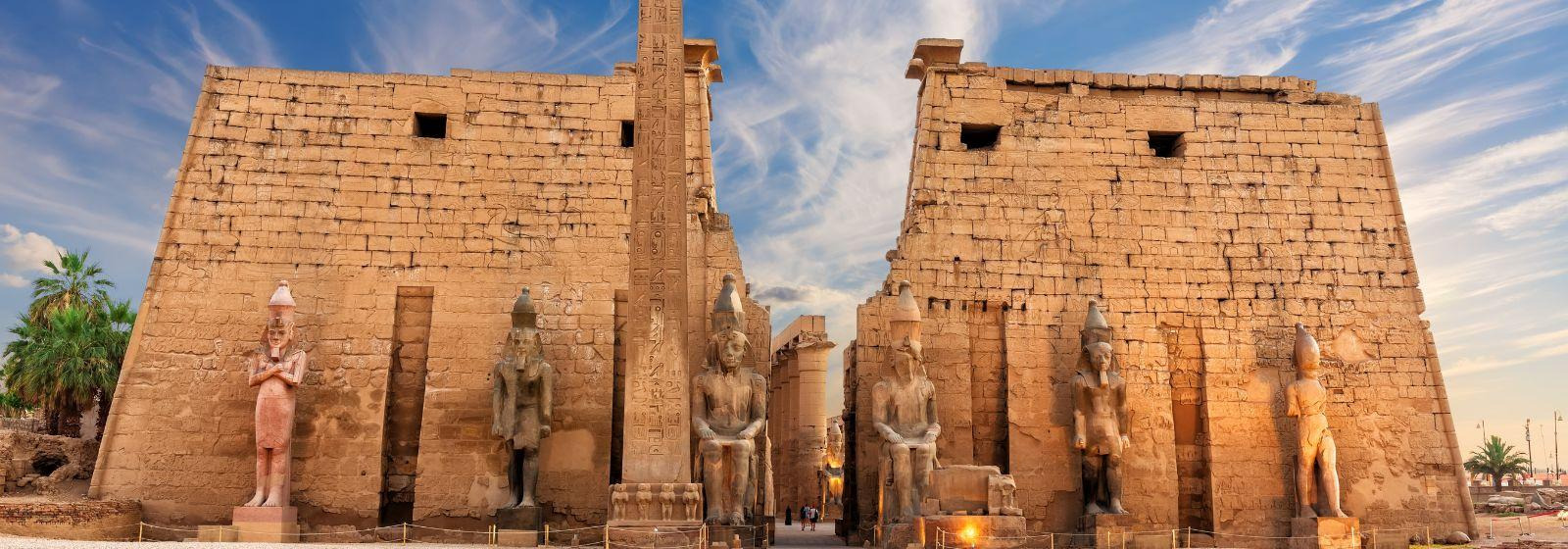
Aswan – The Tranquil Jewel of the Nile
Overview and Historical Significance
Aswan, situated in southern Egypt along the Nile, was historically a strategic gateway to Africa and a center for Nubian culture. Known for its granite quarries, which supplied stone for many of Egypt’s iconic structures, Aswan has long been revered for its natural beauty and historical importance.
Key Attractions
Philae Temple: A stunning island temple dedicated to the goddess Isis, relocated to preserve it from flooding.
Abu Simbel Temples: Monumental rock-cut temples commissioned by Ramses II were relocated to avoid submersion after the Aswan High Dam was built.
Aswan High Dam: A piece of modern engineering that controls Nile flooding and generates hydroelectric power.
Nubian Village is a vibrant cultural experience that offers insight into the Nubian people’s traditions, music, and crafts.
Modern Aswan
Aswan remains a tranquil escape with a slower pace of life. It has become a popular winter destination, offering relaxed boat trips along the Nile, scenic sunsets, and a glimpse into Nubian culture. The area around Aswan is also known for spa treatments centered on the therapeutic properties of local sand.
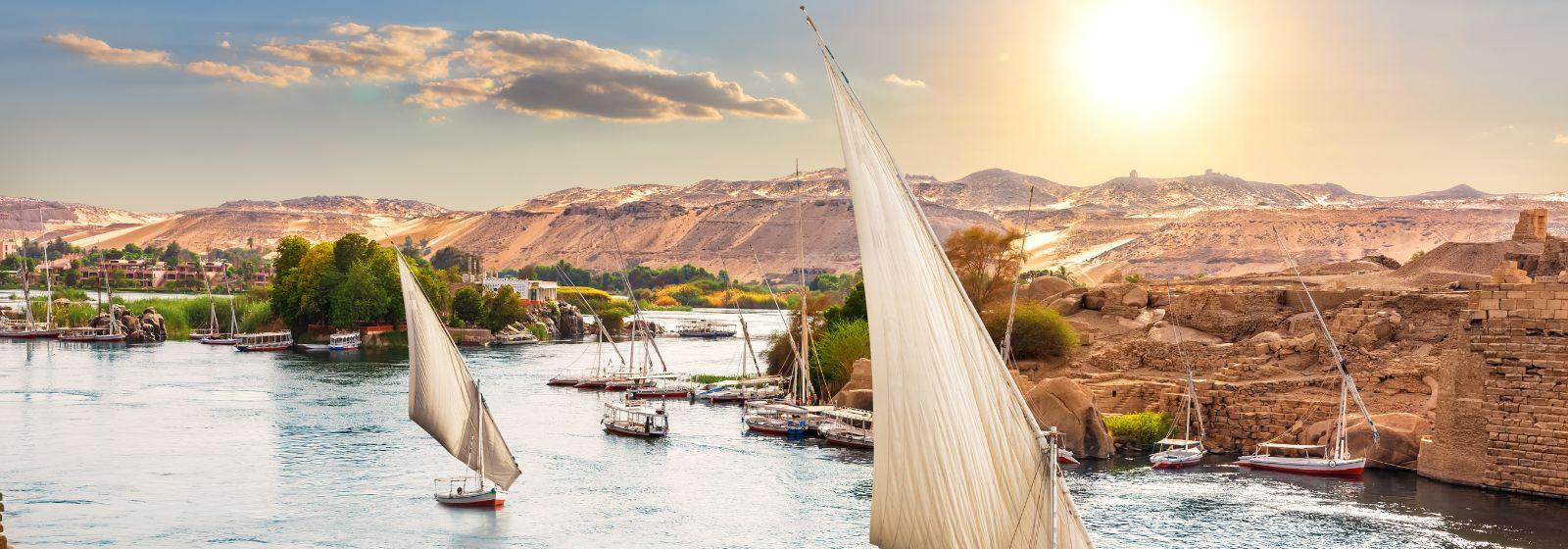
Memphis – The Ancient City of the Pharaohs
Overview and Historical Significance
Memphis, one of the oldest and most historically significant cities in Egypt, was the capital of the Old Kingdom. Founded around 3100 BC, it was a religious and administrative center for early dynasties. Today, it is an essential archaeological site just south of Cairo.
Key Attractions
The Statue of Ramses II: This massive limestone statue is a testament to the grandeur of ancient Egyptian rulers.
The Alabaster Sphinx: A stunning example of ancient Egyptian sculpture and craftsmanship.
The Temple of Ptah: A sacred site dedicated to the god Ptah, associated with creation and craftsmanship.
Memphis in Modern Context
Though the ancient city has diminished to an archaeological site, Memphis continues to attract historians, archaeologists, and tourists eager to walk in the footsteps of early Egyptian pharaohs. Visitors can explore the outdoor museum and witness some of Egypt’s most iconic statues and artifacts.
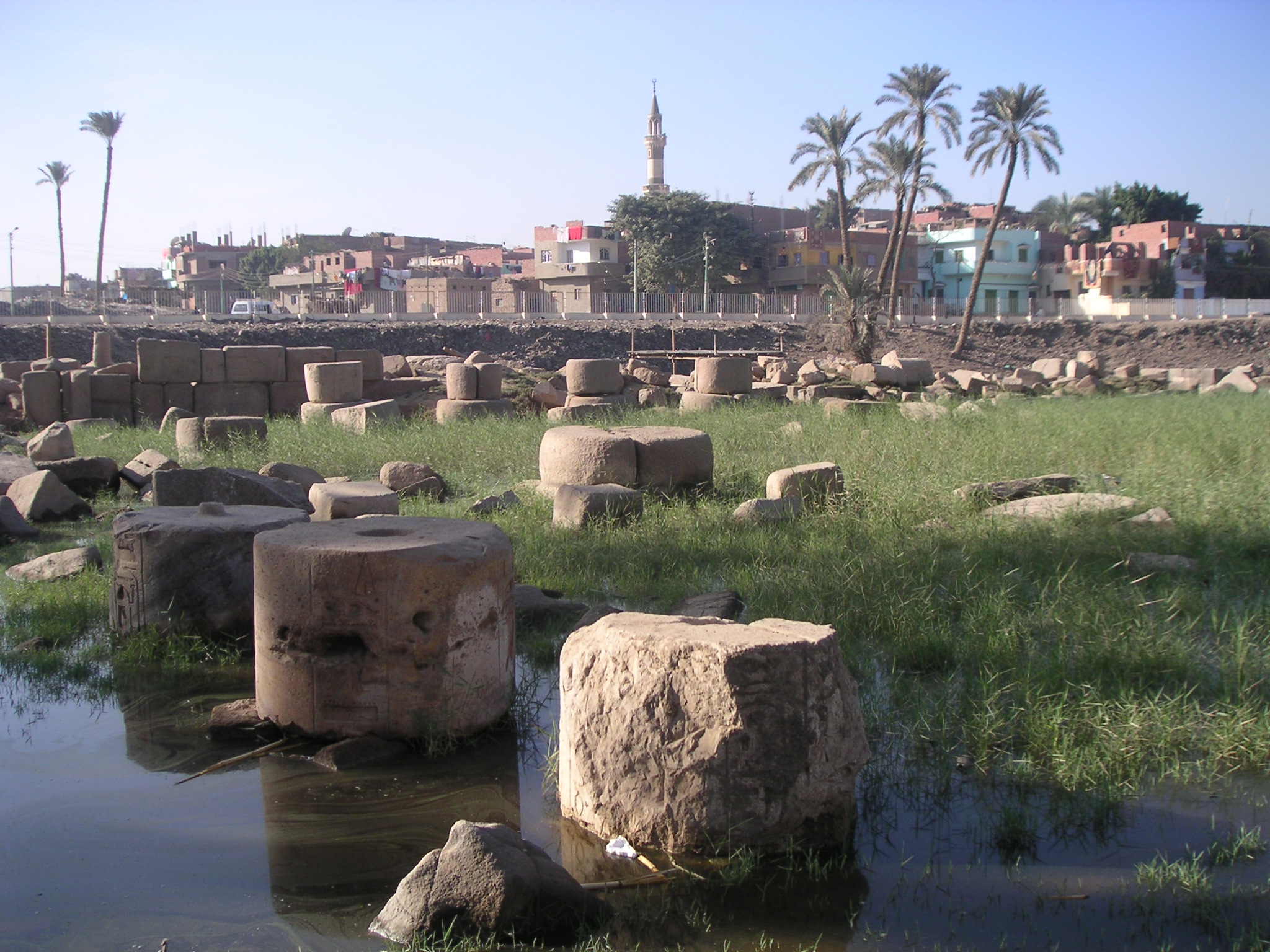
Saqqara – The Home of the Step Pyramid
Overview and Historical Significance
Located near Memphis, Saqqara is renowned as Egypt’s oldest pyramid field and the site of the famous Step Pyramid of Djoser, built around 2650 BC. Saqqara was a royal burial ground for centuries, making it one of Egypt’s most significant archaeological sites.
Key Attractions
The Step Pyramid of Djoser: Designed by the architect Imhotep, this was the first pyramid built and a revolutionary achievement in ancient architecture.
Pyramid of Unas: Known for its Pyramid Texts, these are the oldest religious texts in the world.
Mastabas and Tombs: Saqqara contains many elaborate tombs and mastabas with impressive reliefs and hieroglyphs.
Modern Saqqara
While Saqqara remains primarily an archaeological site, recent discoveries continue to shed light on ancient Egyptian history, attracting global attention. The area provides a fascinating experience for visitors, offering insight into the architectural advancements of ancient Egypt.
Edfu – The Best-Preserved Temple of the Ancient World
Overview and Historical Significance
Located between Luxor and Aswan, Edfu is known for the Temple of Horus, one of the best-preserved ancient monuments in Egypt. Dating back to the Ptolemaic period, Edfu was an important religious center and a place of pilgrimage.
Key Attractions
Temple of Horus: This majestic temple, dedicated to the falcon-headed god Horus, is an extraordinary example of Ptolemaic architecture.
The Nilometer: Used to measure the Nile’s flood levels, an essential tool for ancient agricultural planning.
Modern Edfu
Edfu is a smaller city but remains an essential stop on Nile cruises. The temple attracts thousands yearly visitors who marvel at its massive stone structures, elaborate reliefs, and mythical depictions of gods and goddesses.
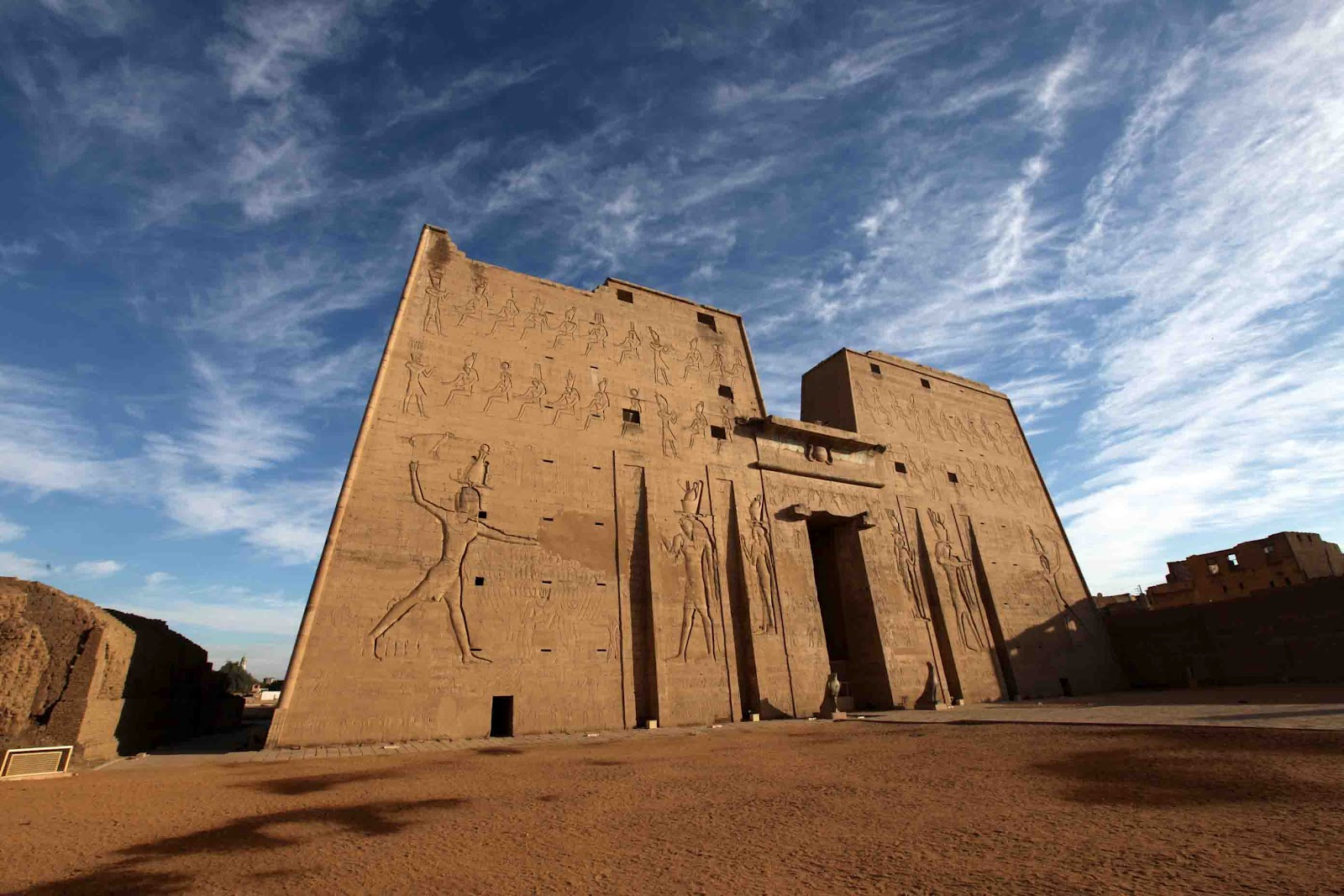
Abydos – A Sacred City of the Dead
Overview and Historical Significance
Abydos was an important religious site in ancient Egypt, known for associating with the god Osiris, lord of the underworld. It was a place of pilgrimage for Egyptians who came to pay respects to the deceased and participate in the Osiris Mysteries.
Key Attractions
Temple of Seti I: Renowned for its exquisite carvings and reliefs, this temple is dedicated to Osiris and other major gods.
Osireion: An underground structure believed to be a symbolic tomb of Osiris.
Abydos King List: This crucial historical record, found within the Temple of Seti I, lists the names of past pharaohs.
Modern Abydos
Though Abydos is less well-visited than other historical sites, it remains a pilgrimage site for those interested in ancient Egyptian religion and archaeology. It offers a quiet and spiritual experience with beautiful, intricately decorated temples that stand as a testament to the devotion of ancient Egyptians.
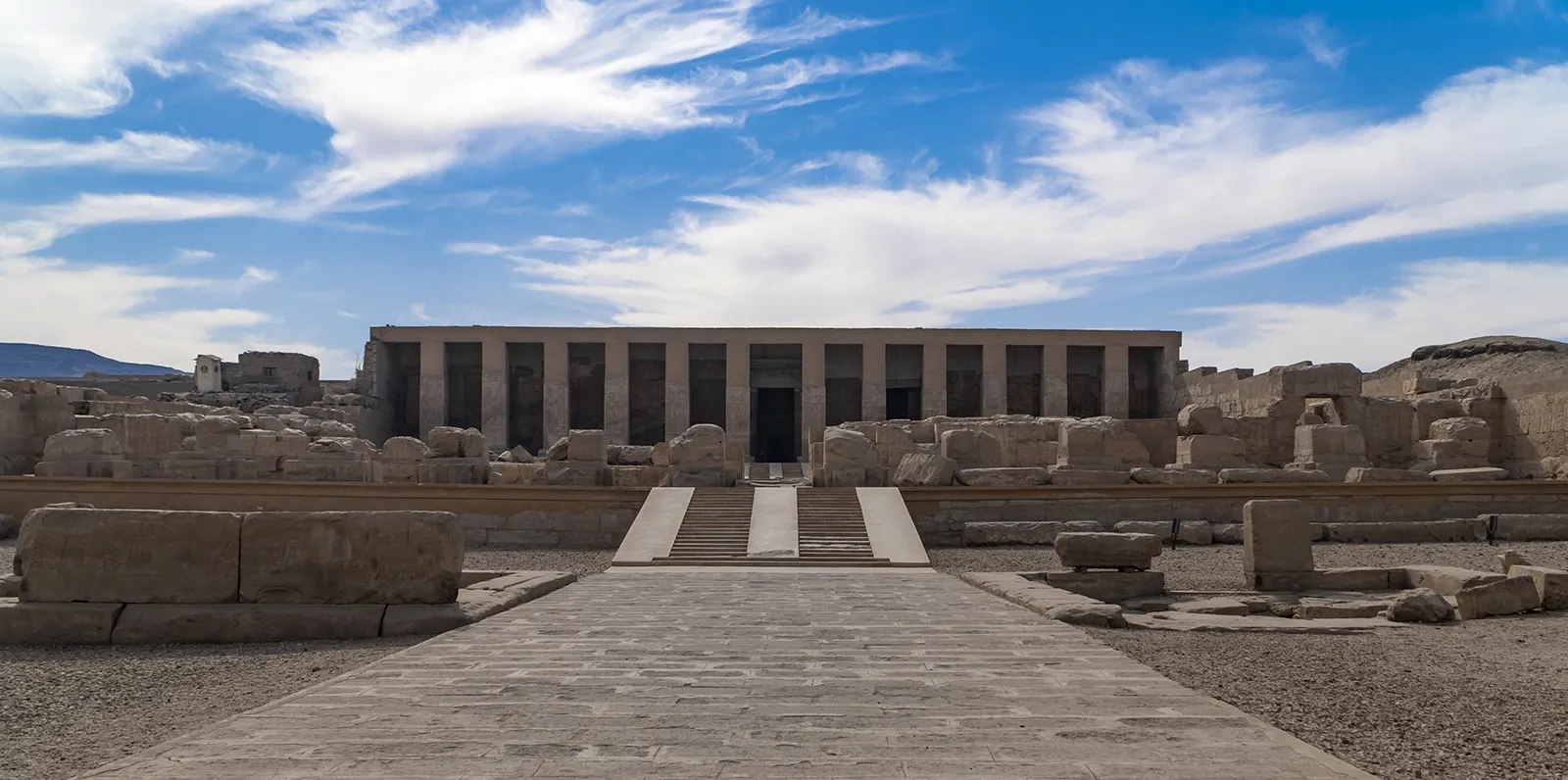
Fayoum – Egypt’s Oasis of Heritage and Nature
Overview and Historical Significance
Located southwest of Cairo, Fayoum is one of Egypt’s oldest cities. Its history stretches back to the Middle Kingdom. It was initially established around Lake Moeris and became a fertile agricultural center thanks to advanced irrigation systems.
Key Attractions
Wadi El Hitan: Known as the Valley of the Whales, this UNESCO World Heritage site has fossilized remains of ancient whales.
Hawara Pyramid: Built by Pharaoh Amenemhat III, this pyramid is part of an extensive ancient necropolis.
Lake Qarun: One of the biggest lakes in Egypt, it is a popular spot for bird-watching and fishing.
Modern Fayoum
Fayoum has become a scenic escape with a rich natural beauty and heritage blend. Its lakes, waterfalls, and wildlife make it a favorite for eco-tourists and photographers. Fayoum’s pottery industry, dating back centuries, is also a must-see for those interested in traditional crafts.
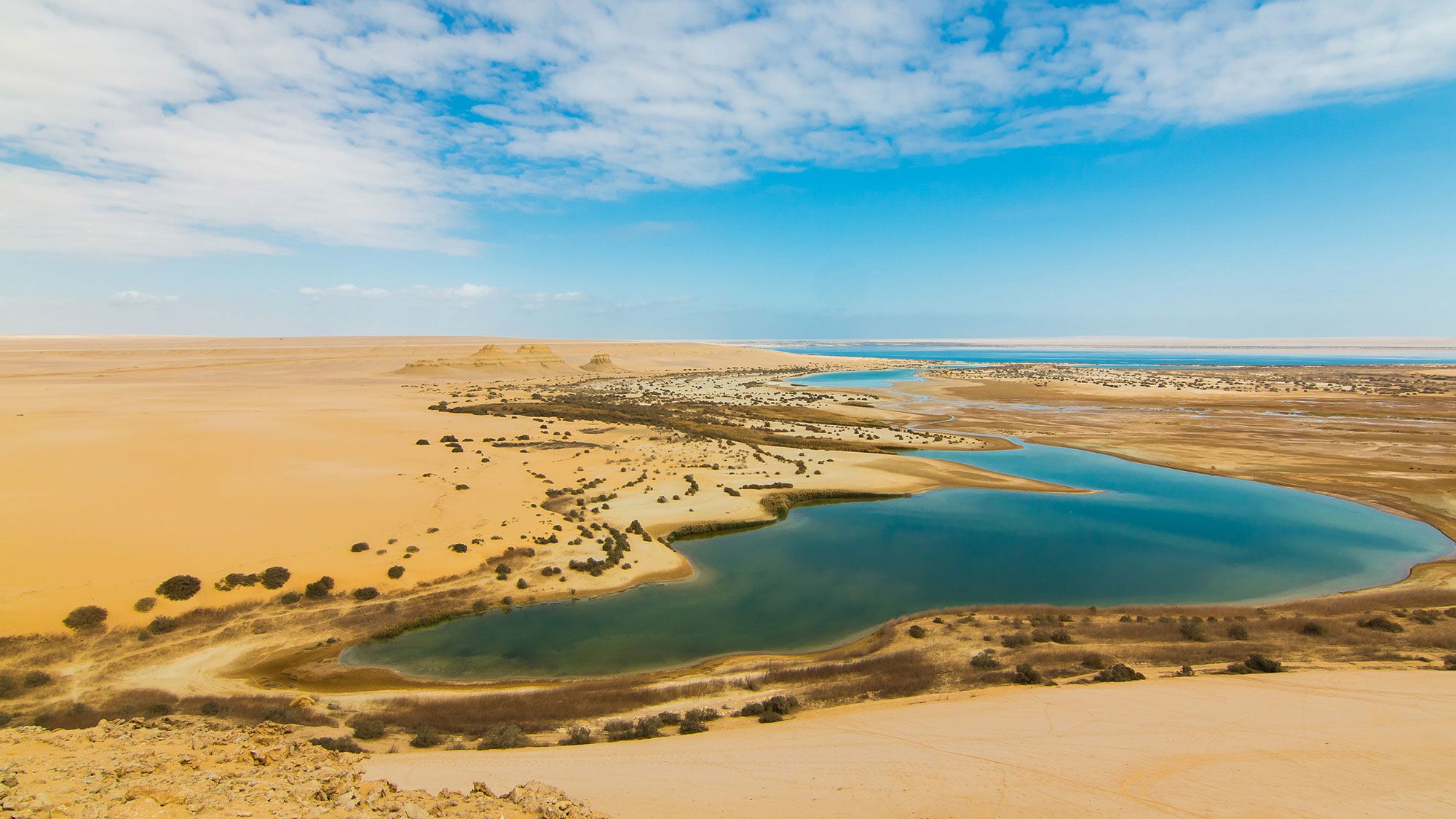
Minya – The City of Akhenaten’s Legacy
Overview and Historical Significance
Minya has a storied history as a cultural and political center along the Nile in Middle Egypt. Near Minya, Pharaoh Akhenaten established his capital, Akhetaten (modern-day Amarna), as part of his religious reforms.
Key Attractions
Beni Hasan Tombs: Ancient tombs carved into cliffs adorned with vivid paintings of daily life.
Tel El Amarna: The site of Akhenaten’s city, known for its distinct art style and dedication to the sun god Aten.
Hermopolis: Known as the ancient city of Thoth, it was a significant center for worshiping the god of wisdom.
Modern Minya
Minya offers a blend of archaeological sites, Coptic monasteries, and Islamic architecture. Though lesser-known, it is increasingly recognized for its historical significance, attracting archaeologists and adventurous tourists who seek to explore Egypt off the beaten path.
